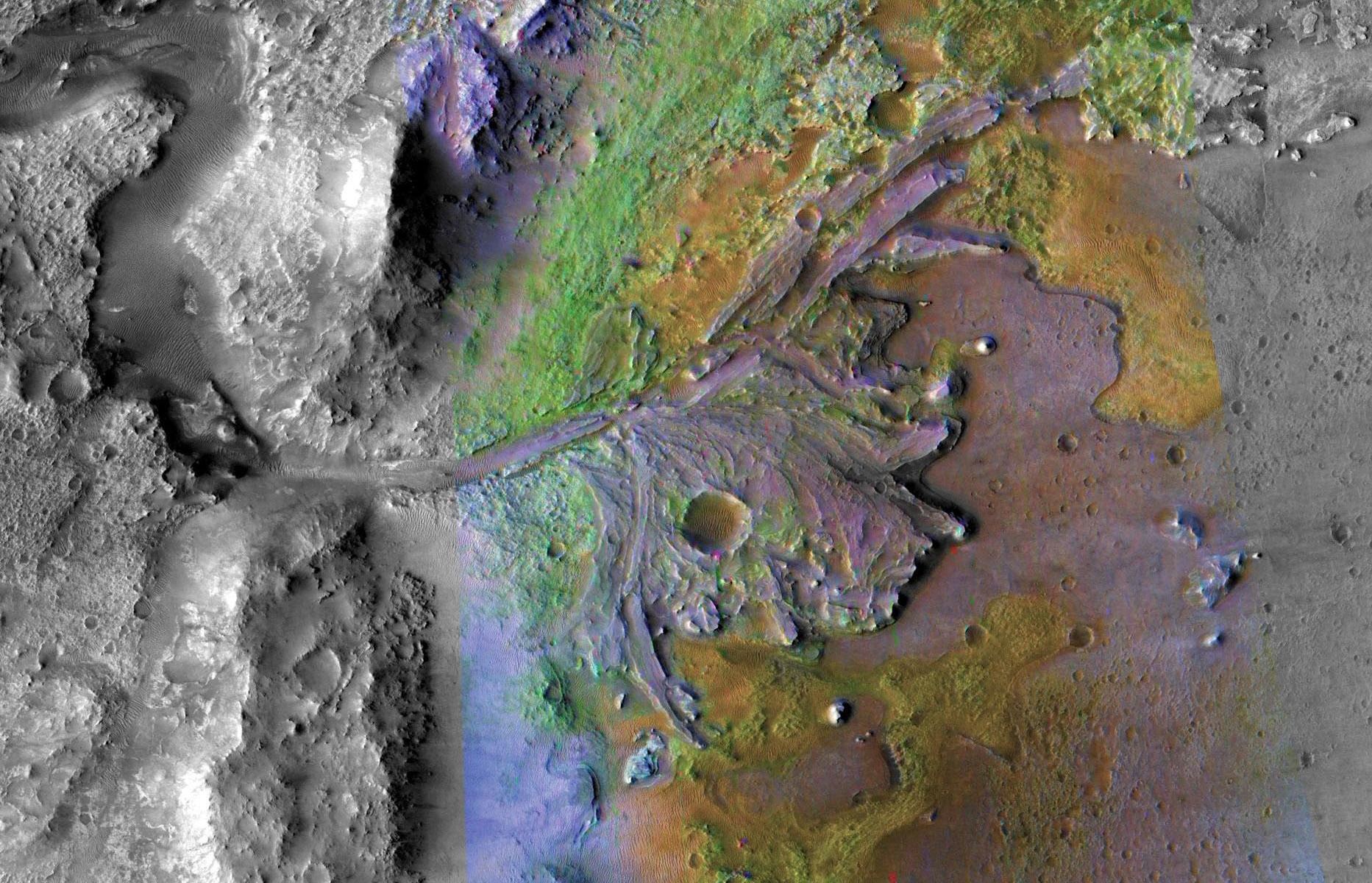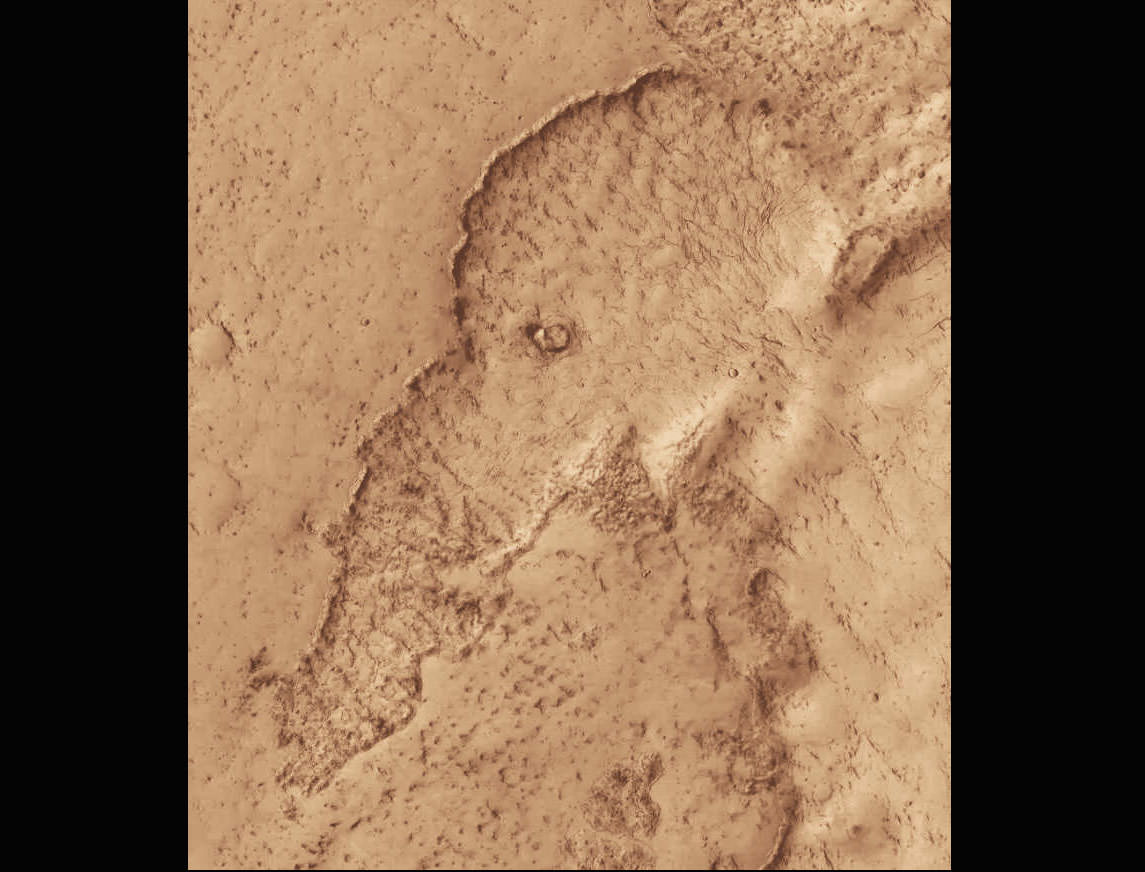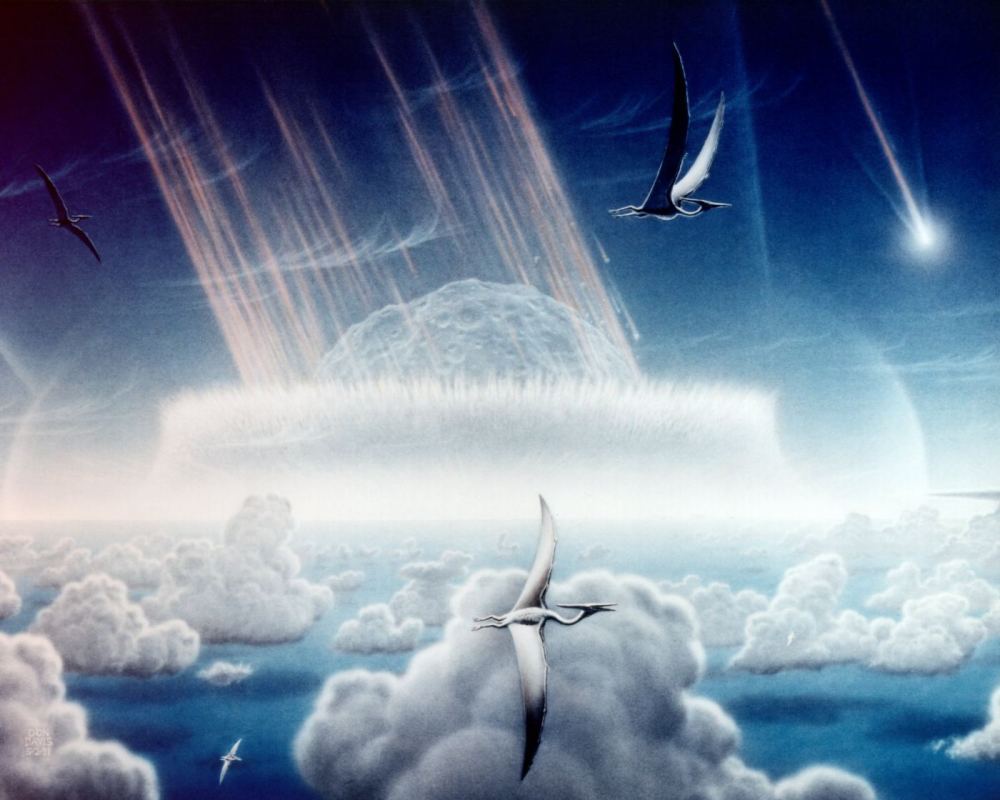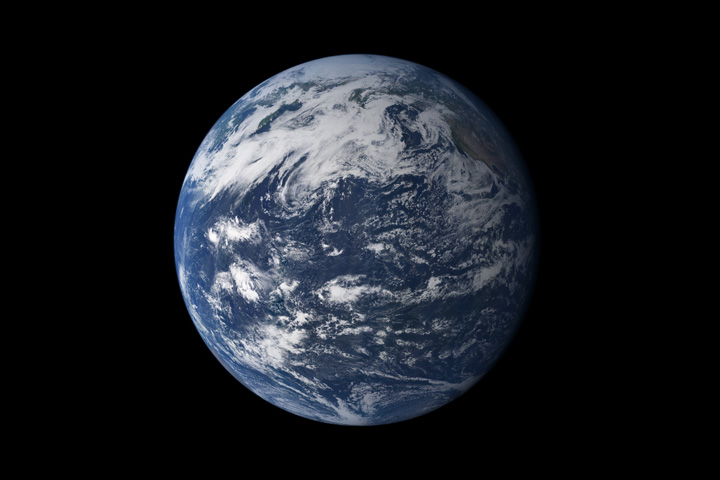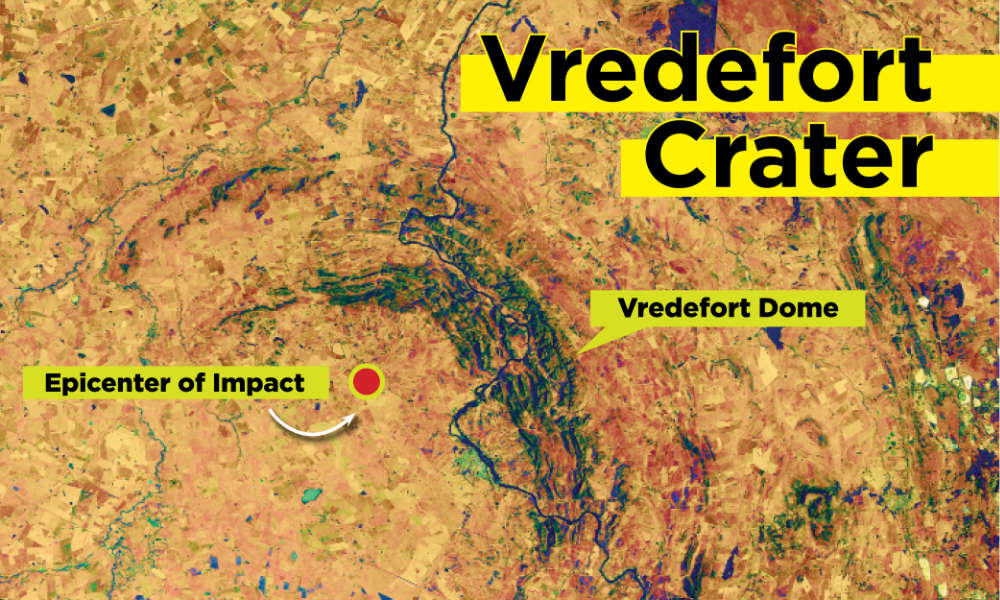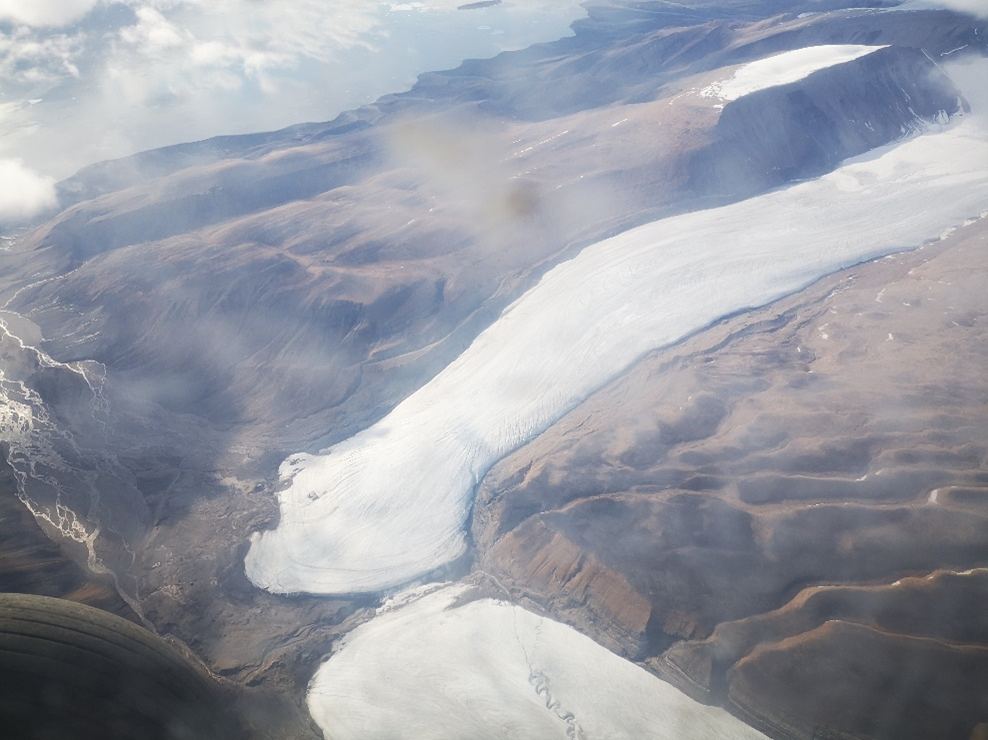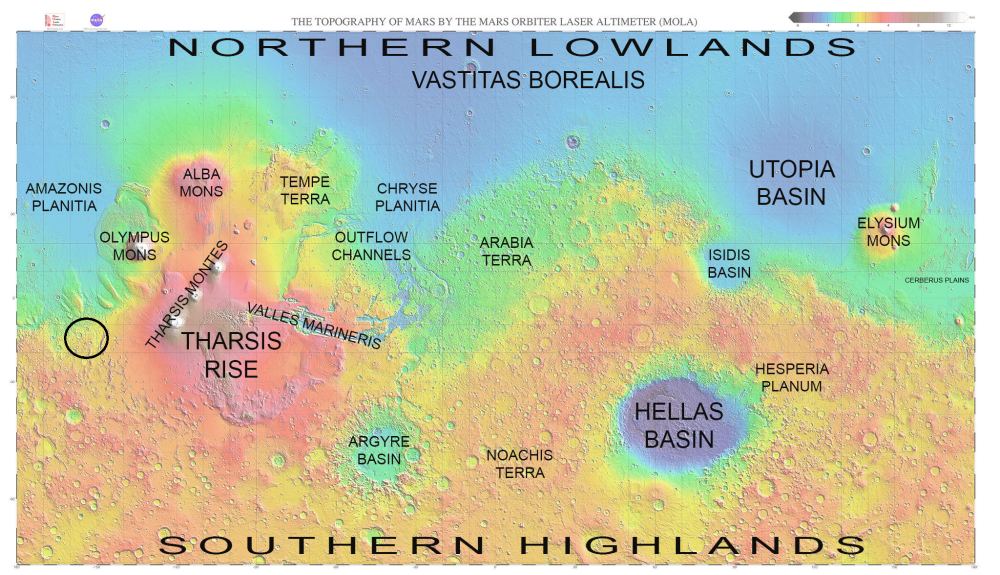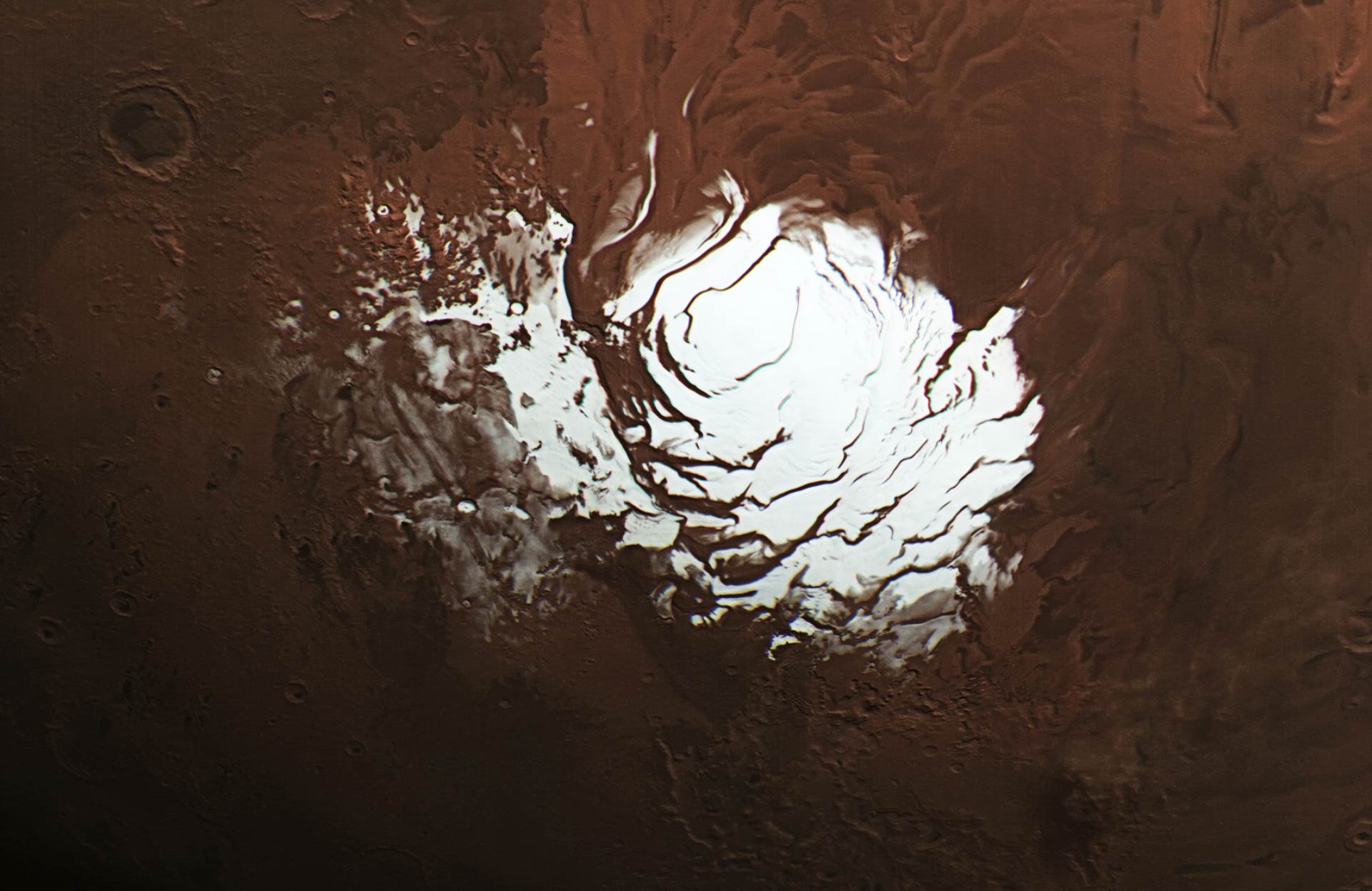On Mars, NASA’s Perseverance rover is busy collecting rock samples that will be retrieved and brought back to Earth by the Mars Sample Return (MSR) mission. This will be the first sample-return mission from Mars, allowing scientists to analyze Martian rocks directly using instruments and equipment too large and cumbersome to send to Mars. To this end, scientists want to ensure that Perseverance collects samples that satisfy two major science goals – searching for signs of life (“biosignatures”) and geologic dating.
To ensure they select the right samples, scientists must understand how rock samples formed and how they might have been altered over time. According to a new NASA study, Martian rocks may have been “shocked” by meteorite impacts during its early history (the Late Heavy Bombardment period). The role these shocks played in shaping Martian rocks could provide fresh insights into the planet’s geological history, which could prove invaluable in the search for evidence of past life on Mars.
Continue reading “How are Mars Rocks Getting “Shocked” by Meteorite Impacts?”
